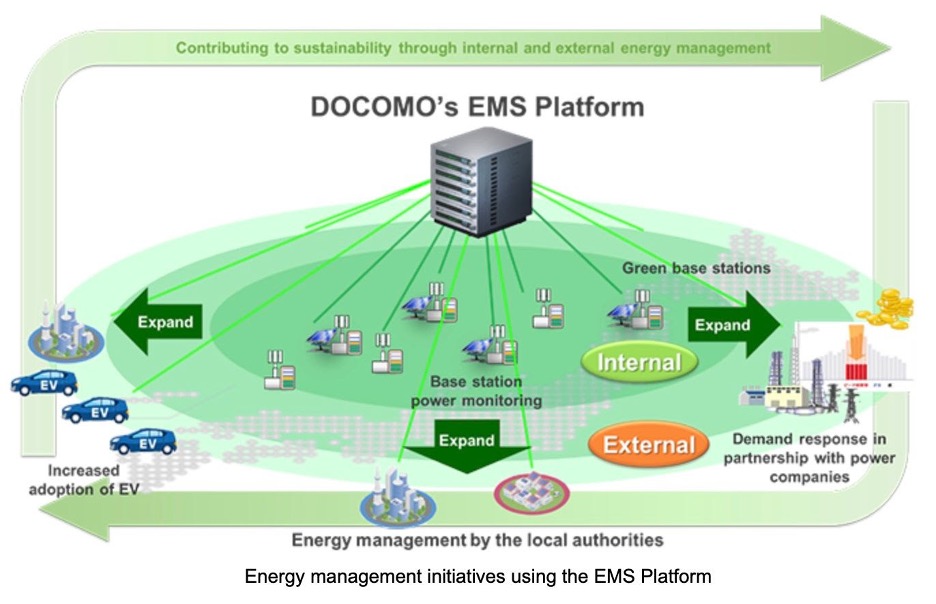DoCoMo demos self-powered, hydroelectric base station

The DoCoMo hydropower system converts electricity from water flow into a form suitable for powering a base station
NTT DoCoMo has demonstrated what it claims to be Japan’s first self-powered hydropower cellular base station using its hydroelectric power-generation system and a jet turbine developed by a Prefectural University of Kumamoto professor.
DoCoMo is targeting base stations as part of its larger sustainability efforts because this infrastructure accounts for approximately 70% of the power consumed in its Japanese operations. The provider already has 286 green base stations powdered by solar-power systems and large-capacity storage batteries in operation at the end of March 2024. However, this latest attempt, said DoCoMo, is to determine the feasibility of a self-powered base station using the flow of water from an irrigation canal or similar body of water.
“While DoCoMo’s green base stations mainly use solar power, this initiative aims to use renewable energy such as hydropower in places where solar panels are not practical,” continued the company, adding that this would provide a low-cost solution suitable for rural areas. It hopes to introduce such a system in mobile communications networks by March 2025.
The newly developed hydropower system, which involves a jet turbine with a nozzle that emits a stream of water that drives the turbine’s rotation, converts electricity into a form suitable for powering base stations. As it does so, it collects data on electric current, voltage and power, as well as water flow and pressure. These metrics are then transmitted to DoCoMo’s Energy Management System (EMS) platform to monitor and control power driving the base station.
DoCoMo is aiming for net-zero greenhouse gas emissions from its operations by 2030 and net-zero greenhouse gas emissions from its entire supply chain by 2040.

Comments are closed.